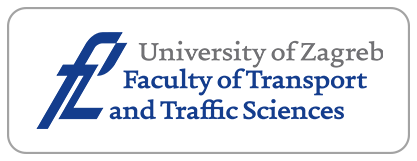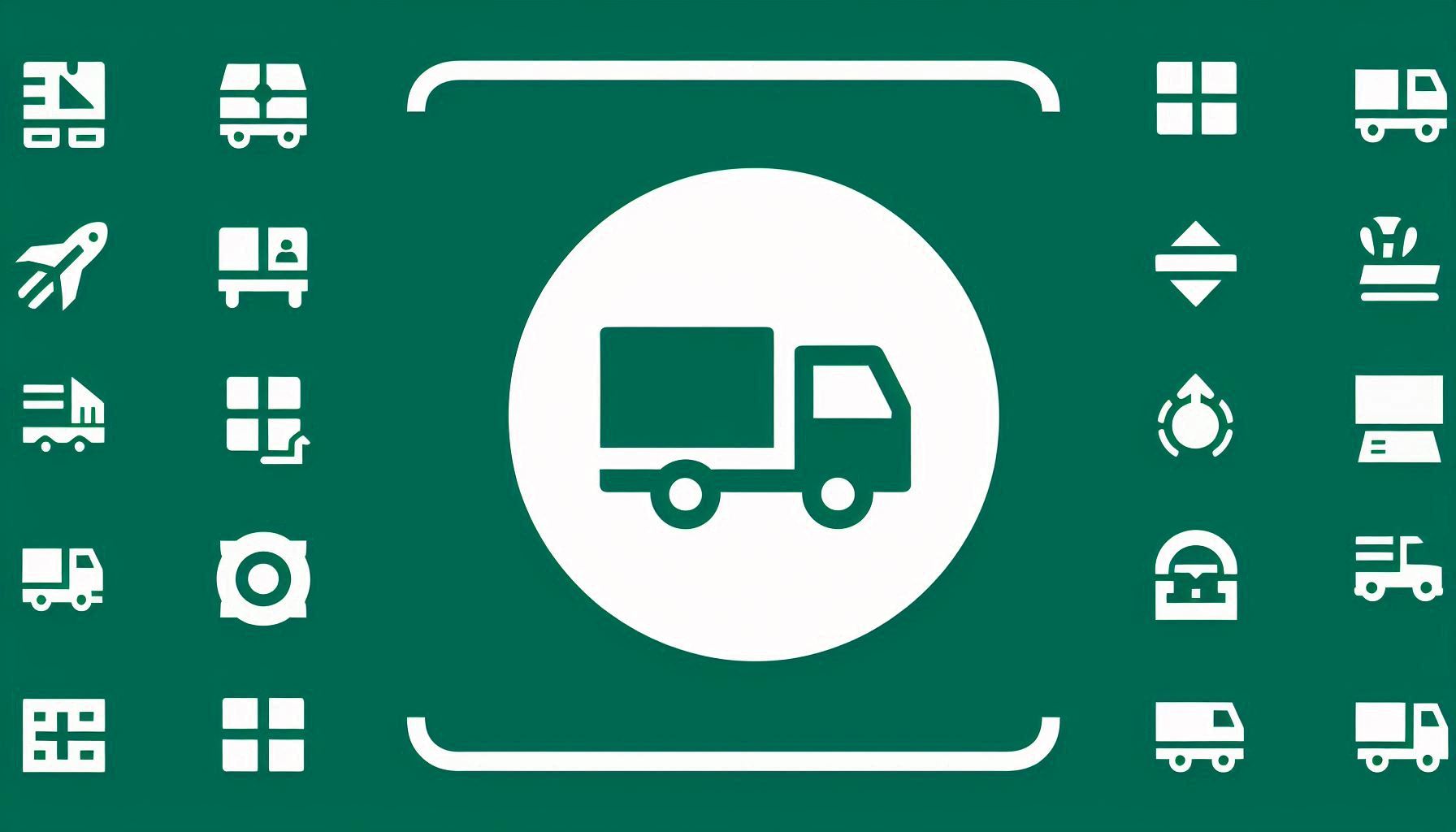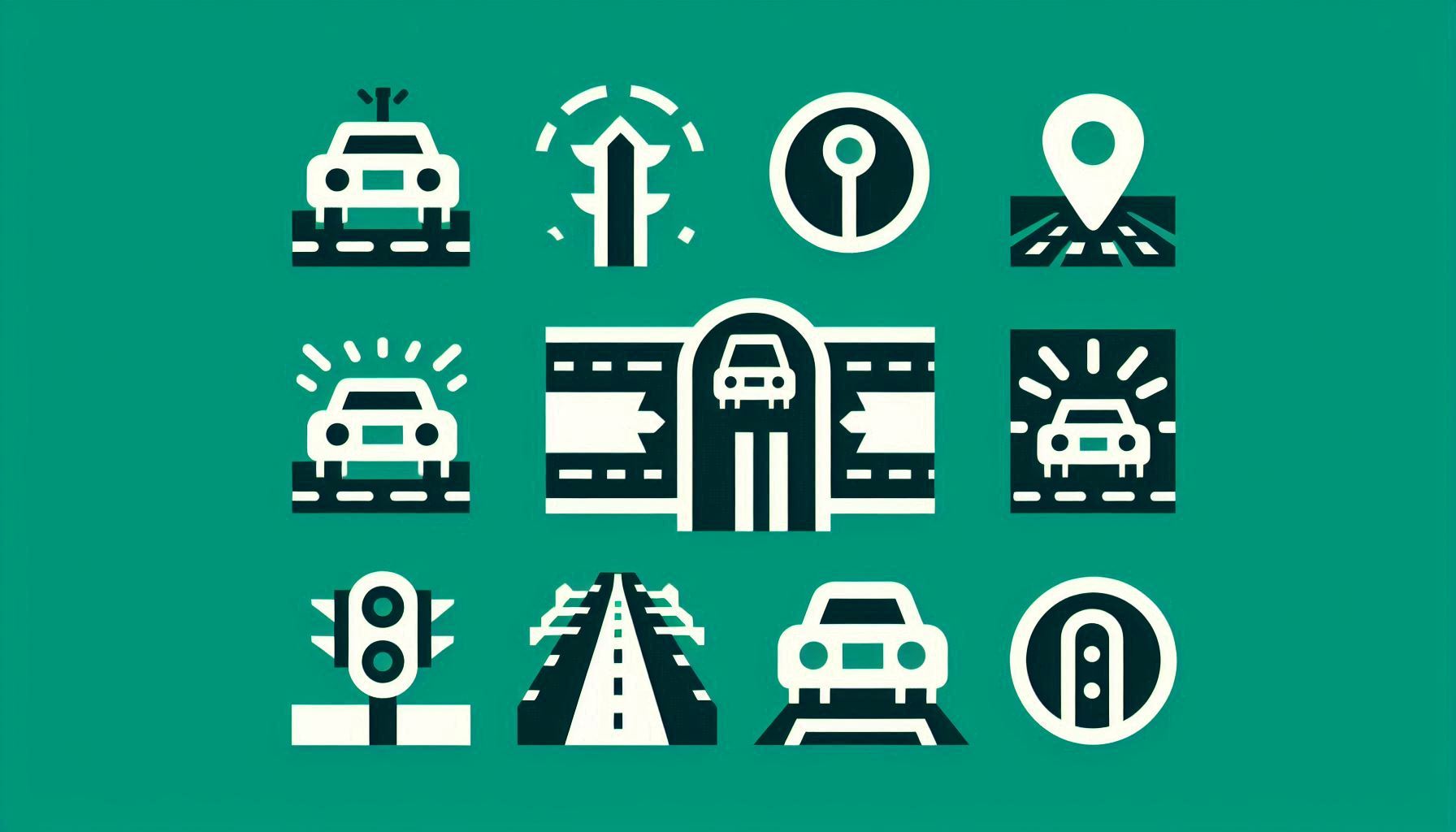Integrated Algorithm for Multi-Source Data Conversion of Rail Transit Digital Model Based on BIM+GIS

Downloads
Data formats, data structures and coordinate systems differ across data sources, hindering data conversion and integration. Therefore, a multi-source data conversion and integration algorithm of rail transit digital model based on BIM+GIS is proposed. Based on the B/S architecture of the Cesium open-source map engine, an integrated framework for rail transit digital multi-source data conversion, with BIM+GIS technology at its core, has been developed. In the data layer, tilt photogrammetry technology is employed to collect topographic data of rail transit, vector data is gathered through a tilt model and BIM data is generated in response to the demands of rail transit construction. The GIS model is constructed based on terrain data and vector data, while the BIM model is established using BIM data. The business logic layer handles and publishes multi-source data through BIM servers, GIS servers and other information databases. The transformation integration unit uses a spatial semantic integration algorithm to integrate data transformation from the BIM model into the GIS model, thereby achieving complete transformation and integration of BIM and GIS multi-source data in geometry, semantics and accuracy. Finally, the outcomes of multi-source data conversion and integration are presented to users via the presentation layer. Experiments show that the algorithm can effectively collect the terrain data of rail transit and establish a BIM model and GIS model. We transformed multisource data of an integrated rail transit digital model to improve its comprehensiveness, accuracy and reliability.
Downloads
Ding M, et al. A capacity adaption optimization model for supernormal operation of urban rail transit networks. International Journal of Modern Physics, B. Condensed Matter Physics, Statistical Physics, Applied Physics. 2022;35(20):122-142. DOI: 10.1142/S0217979222501223.
Huang K, Liao F, Gao Z. An integrated model of energy-efficient timetabling of the urban rail transit system with multiple interconnected lines. Transportation Research Part C Emerging Technologies. 2021;129(36):176-204. DOI: 10.1016/j.trc.2021.103171.
Cheng L, et al. Skip-stop operation plan for urban rail transit considering bounded rationality of passengers. IET Intelligent Transport Systems. 2022;16(1):24-40. DOI: 10.1049/itr2.12125.
Saidi S, et al. Train following model for urban rail transit performance analysis. Transportation Research, Part C. Emerging Technologies. 2023;148(32):371-379. DOI: 10.1016/j.trc.2023.104037.
Mo B, et al. Calibrating path choices and train capacities for urban rail transit simulation models using smart card and train movement data. Journal of Advanced Transportation. 2021;2021(Pt.2):301-305. DOI: 10.1155/2021/5597130.
Lovino M, et al. A survey on data integration for multi-omics sample clustering. Neurocomputing. 2022;488(51):494-508. DOI: 10.1016/j.neucom.2021.11.094.
Ferreira J, et al. Ontology-based data integration for the internet of things in a scientific software ecosystem. International Journal of Computer Applications in Technology. 2022;67(23):252-262. DOI: 10.1504/IJCAT.2021.121533.
Lipovetsky S. Multivariate data integration using R: Methods and applications with the mixomics package. Technometrics. 2022;64(3):429-431. DOI:10.1080/00401706.2022.2087426.
Wu L, Li Z, Abourizk S. Automating common data integration for improved data-driven decision-support system in industrial construction. Journal of Computing in Civil Engineering. 2022;36(2):402-419. DOI: 10.1061/(ASCE)CP.1943-5487.0001001.
Aggoune A. Intelligent data integration from heterogeneous relational databases containing incomplete and uncertain information. Intelligent Data Analysis. 2022;26(1):75-99. DOI: 10.3233/IDA-205535.
Biancardo SA, et al. Digital information management of railway constructions: comparative analysis of technologies for BIM modeling. Ingegneria Ferroviaria. 2024;79(7/8):551-572. DOI: 10.57597/IF.0708.2024.ART.2.
Biancardo SA, et al. An innovative framework for integrating Cost-Benefit Analysis (CBA) within Building Information Modeling (BIM). Socio-Economic Planning Sciences. 2023;85:101495. DOI: 10.1016/j.seps.2022.101495.
Liu H, et al. A knowledge model-based BIM framework for automatic code-compliant quantity take-off. Automation in Construction. 2022;133(23):241-263. DOI: 10.1016/j.autcon.2021.104024.
Bi H, et al. GIS aided sustainable urban road management with a unifying queueing and neural network model. Applied Energy. 2021;291(Jun.1):116-122. DOI: 10.1016/j.apenergy.2021.116818.
Zhu J, Wu P. BIM/GIS data integration from the perspective of information flow. Automation in Construction. 2022;136(42):106-129. DOI: 10.1016/j.autcon.2022.104166.
Klinc R, et al. Development of a semiautomatic parametric method for creation of an I-BIM model of a tunnel for use in FEM software. Journal of Advanced Transportation. 2021;15(2):884-892. DOI: 10.1155/2021/8843277.
Pena DO, Perrotti D, Mohareb E. Advancing urban metabolism studies through GIS data. Journal of Industrial Ecology. 2022;26(4):1333-1349. DOI: 10.1111/jiec.13261.
Xu J, Lu W, Papadonikolaki E. Human-organization-technology fit model for BIM adoption in construction project organizations: impact factor analysis using SNA and comparative case study. Journal of Management in Engineering. 2022;38(3):41-54. DOI: 10.1061/(ASCE)ME.1943-5479.0001013.
Huler M, Esser S, Borrmann A. Code compliance checking of railway designs by integrating BIM, BPMN and DMN. Automation in Construction. 2021;121(25):427-449. DOI: 10.1016/j.autcon.2020.103427.
Ugalde H, et al. Locating skarns with magnetic survey data, geyer, erzgebirge: optimizing data acquisition procedures. Geophysical Prospecting. 2022;70(7):1273-1292. DOI: 10.1111/1365-2478.13231.
Li Y, Liu P. Division of indoor enclosed space based on the topological relationship of BIM architectural elements. Computer Simulation. 2021;38(4):381-384. DOI: 10.3969/j.issn.1006-9348.2021.04.077.
Lu X, et al. A continuous towed seismic data acquisition and correlation stack method for rapid detection of urban road. Journal of Applied Geophysics. 2022;199:104585(1-12). DOI: 10.1016/j.jappgeo.2022.104585.
Copyright (c) 2025 Chao CHEN

This work is licensed under a Creative Commons Attribution-NonCommercial 4.0 International License.




















